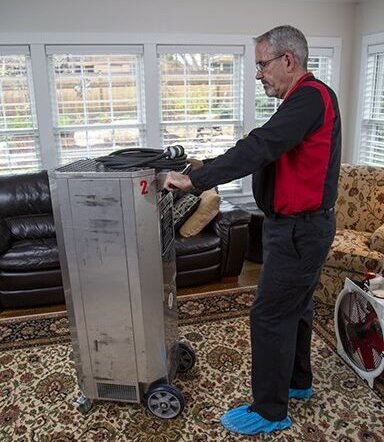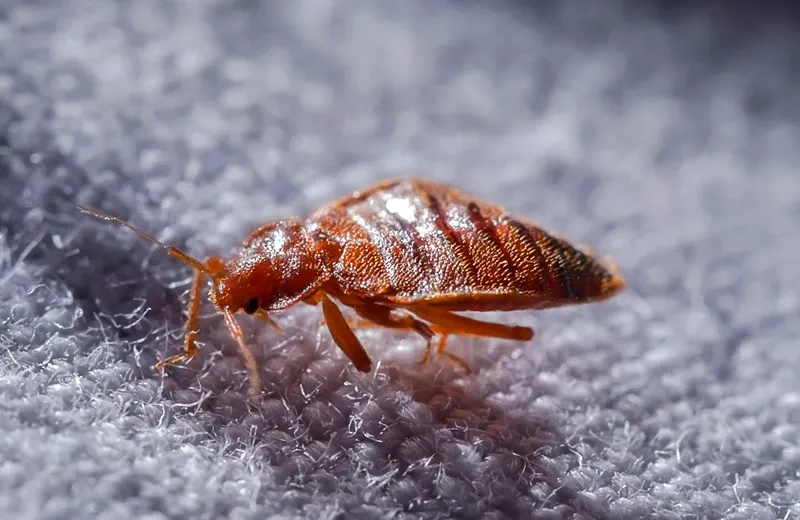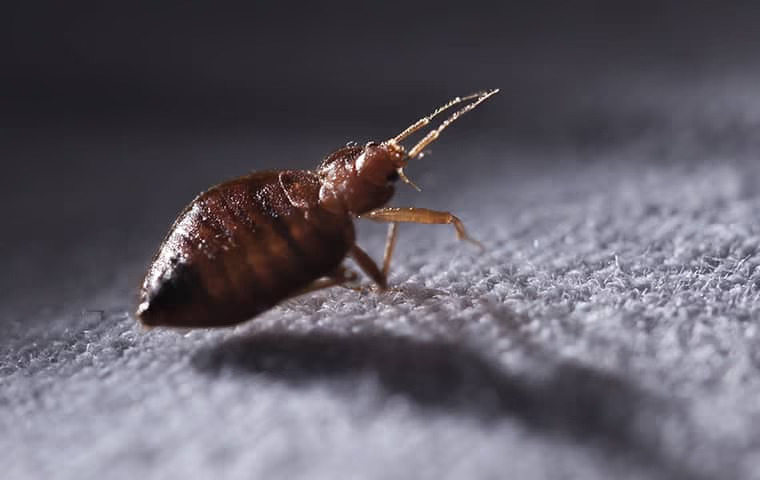Efficient Kings Bug Control Cincinnati Ohio: Trusted Solutions
Efficient Kings Bug Control Cincinnati Ohio: Trusted Solutions
Blog Article
Sorts Of Insect Control: Which Technique Is Right for Your Problem?
When faced with a pest invasion, the choice of an appropriate approach for pest control is important in effectively handling the situation. By discovering the numerous types of insect control approaches readily available, people can make informed decisions customized to their unique circumstances, guaranteeing a much more lasting and effective result in pest eradication.
Chemical Pest Control
Chemical parasite control includes using synthetic or normally obtained chemicals to manage and get rid of pest populations successfully. This approach is frequently made use of in farming, forestry, and household settings to fight a vast array of parasites, including rats, bugs, and weeds. Using chemical pesticides can provide quick and targeted services to pest problems, making it a popular choice for many people and companies.
One of the essential benefits of chemical pest control is its capability to swiftly remove insects, reducing the threat of damages to plants, building, and human health and wellness. By making use of details chemicals that target specific insects, this method can efficiently regulate invasions while reducing damage to valuable microorganisms and the environment when applied properly.
Nevertheless, making use of chemical insect control additionally elevates worries regarding possible adverse impacts on non-target varieties, water resources, and human health. It is critical to follow safety and security guidelines, use chemicals properly, and think about alternative insect control approaches to minimize these dangers and ensure lasting bug management techniques.
Biological Bug Control
Organic pest control, likewise referred to as biocontrol, uses living microorganisms to handle and decrease pest populaces naturally. This approach utilizes the power of nature to regulate insects without the requirement for synthetic chemicals. Biocontrol can entail the introduction of all-natural opponents of the bug types, such as parasites, killers, or microorganisms, to suppress insect populations. By using the pest's natural killers or pathogens, organic parasite control offers a eco pleasant and lasting service to pest administration.

Mechanical Bug Control
Using physical and manual techniques to manage bug populaces, mechanical insect control provides a different strategy that does not depend on the usage of living organisms or artificial chemicals. This method involves making use of obstacles, catches, or various other devices to physically prevent or get rid of parasites. By blocking insect access factors or establishing up catches to capture them, mechanical pest control can properly reduce invasions without introducing chemicals into the atmosphere.
One common instance of mechanical insect control is using mesh screens on doors and windows to protect against bugs from going into structures. This simple yet reliable technique works as a physical barrier, keeping pests out while permitting for appropriate ventilation. Additionally, tools like mousetraps, fly swatters, and ultrasonic repellents fall under the mechanical insect control classification.
While mechanical pest control approaches can be labor-intensive and need routine surveillance and upkeep, they use a sustainable and eco-friendly remedy for managing pest infestations. By integrating various mechanical techniques, residential or commercial property owners can develop a thorough pest control approach that minimizes dependence on chemical pesticides.
Physical Bug Control

Some common physical bug control approaches consist of the use of barriers such as webs or screens to stop bug access, catches to record and eliminate pests, and hand-picking to physically remove bugs from plants or structures. Furthermore, methods like warm treatments can be used to control pests like bed bugs by increasing the temperature level to levels that are deadly to the bugs.
Physical pest control is specifically useful in incorporated pest monitoring (IPM) strategies, where multiple pest control methods are integrated for efficient pest management while decreasing using chemicals. By making use of physical pest control methods, people can effectively resolve bug infestations with minimal environmental effect.
Integrated Parasite Monitoring
When applying physical parasite control techniques as component of insect monitoring strategies, Integrated Pest Management see this (IPM) becomes a thorough approach that leverages various methods to efficiently control pest populations. IPM concentrates on long-lasting prevention of insects with a combination of biological, cultural, physical, and chemical devices tailored to certain insect concerns. By incorporating numerous control methods, IPM intends to lessen the risks linked with parasites while additionally minimizing reliance on chemical solutions.
One key aspect of IPM is the emphasis on local termite inspectors monitoring and assessing pest populations to establish the most suitable control techniques. This positive method permits for early intervention and targeted approaches, leading to much more efficient insect monitoring. In addition, IPM advertises eco friendly methods by prioritizing non-chemical control methods and only using pesticides as a last resource.
Verdict

By utilizing the pest's all-natural predators or pathogens, organic pest control offers a lasting and environmentally friendly option to pest monitoring. - Kings pest control Cincinnati
Utilizing physical and hands-on approaches to take care of parasite populaces, mechanical pest control supplies an alternative strategy that does not depend on the use of living organisms or artificial chemicals.An efficient strategy to taking care of insect populations without counting on home insect control service chemical or organic techniques entails the usage of physical parasite control strategies.When applying physical bug control techniques as part of parasite management methods, Integrated Pest Monitoring (IPM) arises as a detailed strategy that leverages various strategies to successfully control pest populaces. Chemical bug control entails the use of pesticides, organic bug control uses natural predators, mechanical pest control includes physical barriers, physical pest control includes trapping or eliminating parasites, and integrated pest administration combines numerous methods for an all natural approach to pest control.
Report this page